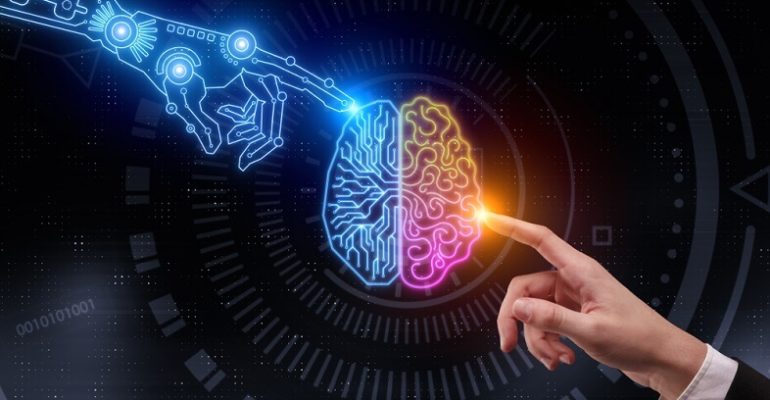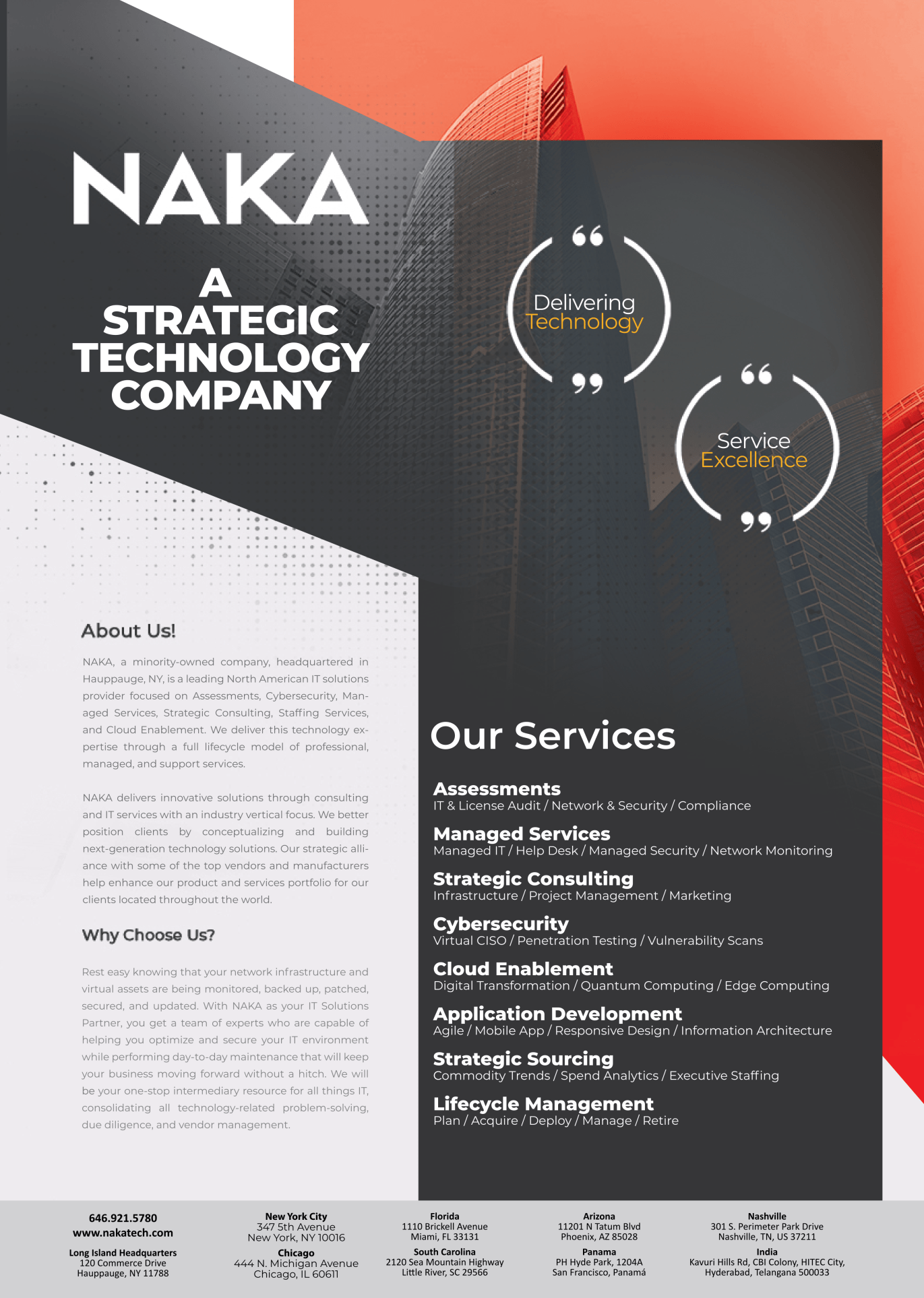Human Augmentation- Next Cycle of Advancement AI or IOT

Human Augmentation- Next Cycle of Advancement AI or IOT
Augmentation is the process of making something greater with enhancement in physical attributes or biological terms or even via consumption of some chemical substances. Human augmentation has been the amalgamation of physical and digital actions combined to extend human reach. We, as humans, have always desired to be better than what we are today in terms of physical, mental, and social strength.
Several examples of augmentation in human life are spectacles that enable people with poor eyesight to view clearly, monochrome glasses that gives colour to people with colourblindness, microscope which allows us to explore the hidden small microscopic world with, within or around us under the scanner of lenses and so on. It is kind of hard to imagine lives around us without them. While these technological inventions have not only dominated our professional and personal spheres but have also become an inseparable part of our lifestyles.
In today’s modern era, humans have not only successfully augmented reality but have also found some very non-invasive ways to augment humans.
1. Future Work Transformation Spending
In 2021, Future of Work (FoW) spending is forecasted to be about 656 US bn dollars worldwide. If further calculated it would be about 17.4% more from 2020 in terms of future work transformations. This not only hints towards a requirement for human and machine collaboration but also some flexible work situations.
The increased workload around the world, deeply interconnected areas of varying fields and the never-ending input and output of various data from one department to another shows the relevance of a smartly connected appliance. Along with this, it can showcase the true worth of networking smart gadgets. The 17.4% increment in workload demonstrates the periodic changes in the working pattern in terms of advancements and the addition of something more. It also shows the intensities with which the companies need to be working to pay off the heavy demands of customers.
With the graph given below, it is clear how within a span of one year (2020-2021) an increment of 97 points nears 100 points. This shows an increase of 17.3% within just one year which is a huge increment for just one year if we think.
2. Difference Between AI And Augmented Intelligence
Artificial intelligence helps in advancing human potential by boosting productivity, eliminating the burden of mundane or secondary tasks, focusing on the primary tasks and enhancing quality in it.
The major difference between AI and Augmented Intelligence is that of autonomy. Artificial intelligence is used to operate without any external support or human assistance whereas augmented intelligence is the manifestation of our desires to improve on something but with human assistance of course.
3. Fragmentation Of Augmented Intelligence
The market has been divided into various segments for easy understanding of the intelligence in terms of product, end-users and region.
Product:
- Wearable augmentation
- Inbuilt augmentation
Sector:
- Defence
- Manufacturing
- IT
- Healthcare
Biology:
- Bionics and prosthetics (artificial limbs)
- Brain-computer interfaces
- Neurotechnology (brain implants)
- Nootropics (“mind” drugs)
- Gene editing (a special tool that enables DNA editing and will help in future treatments of many ailments and illnesses which are hereditary or so on)
Technology:
- Wearable
- Virtual reality
- Intelligence virtual assistant
- Inbuilt augmentation
Spreadability of augmentation region wise:
- North America
- Asia-pacific
- Europe
- Rest of the world
4. Scope Of Augmented Intelligence
Based on the various factors of how functional, technologically advanced and regionally acceptable augmented intelligence is, the scope of AI remains very subjective. A deep understanding and research in terms of what the particular region demands plus what the company can offer at the best possible price and quality remain the line of understanding here.
If we are reading in between the lines given the highly online and active world we live in (which is a practical internet and intelligence dependent era)- a good lookout for intelligence investments and augmentation of some immediate tools is required. It will not only boost the productivity of the company but will also help the company take a lead in the market.
The human augmentation market is expected to reach approximately 2.84 billion dollars by 2023, growing at a compound annual growth rate of 30.07% between 2017 and 2023. Health will be the most highly expected growth-oriented in the coming years at a compound annual growth rate of 30.54%.
Over a decade it has been reported that augmentation is not only new but also a very innovative take on how productivity can be achieved in a very time-bound but also healthy and interactive session
AI in the manufacturing market is dominated by globally established players namely- Nvidia(USA), IBM (United States of America), Intel (United States of America), Siemens (Germany) and General Electric company (United States of America).
5. AI in the manufacturing sector
Manufacturing is the keystone to deciding the country’s economic growth; in globalized terms but also on an international level. For a level playing field, advancement in the manufacturing process is not only a necessity but also the desired input. Thus investing in automation and augmentation in manufacturing processes enhances and speeds up the entire process and reduces the time taken but also enables the unit to serve the supply-demand gap. The marketing sector has been divided into various sectors. Various fragmentation of AI in manufacturing are:
Technology-
- Machine learning – deep learning, supervised learning, reinforced learning
- Context-aware computing
- Computer vision
Application-
- Quality control
- Industrial robots
- Cybersecurity
- Field services
- Production and management
- Machine inspection
- Maintenance
- Fault detection
6. Internet of things (IoT)
Ever imagined how with a single voice command your TV turns on and you can also switch off the other appliances simultaneously? With just a single command you can ask Alexa to play your favourite songs and spell out the headlines. With the growing emphasis on digital transformation, more and more organizations are motivated to opt for the internet of things(IoT).
This newness enhances the customer’s experience but also creates new and better experiences for the customers in terms of technological advancements, better channelling of the product etc.
Some examples of IoT are connected appliances (example Alexa connected appliances), smart home security systems like digital locker systems or digital door locks etc, health monitoring smartwatches or devices, smart factory equipment (control system, smart sensors, automated doors etc), ultra-high-speed wireless internet, biometry cyber security scanners and so on.
It works on the data collected by the sensors and finally assimilates together to turn into operations based on the demands of the user. Just as machine learning is a way in which computers learn about how to communicate by similarly storing data, IoT is a way of allowing humans to communicate over a network and operate using the stored data and references of the sensors.
While machines have been partially successful in emanating the human tendencies or skills but have not entirely been able to truly replicate them in essence. Which is a bit more research and experimentation further in terms of implementation. With the unique blend of AI and IoT, many can achieve wonderful results- depending upon the reasonability and feasibility for the required task. Wherein AI is typically machine-oriented and associated. Meanwhile, IoT is this capability of how to thread up the already smart devices together on the network.
Hence taking a holistic approach toward adopting AI and IoT and thorough strategic planning and investment depending upon the regional and time requirements would also allow the human generations to deal with anthropogenic issues in an accessible and doable format.



